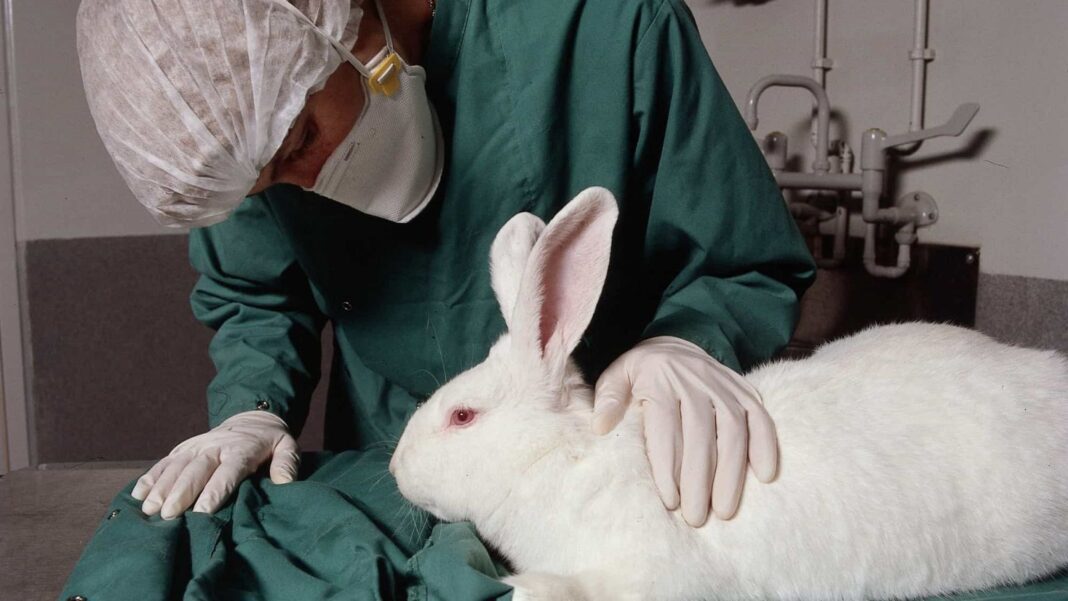It’s challenging to provide an exhaustive list of all creatures born in laboratories, as laboratory breeding and research are ongoing and diverse across different fields of science. However, I can give you an overview of some creatures that have been bred or born in laboratories for various purposes.
20 Creatures that have been bred or born in Laboratory
1. Mice and Rats
These are perhaps the most common laboratory animals used for research purposes. They are bred for studies in genetics, behavior, disease research, and drug testing.
2. Fruit Flies (Drosophila melanogaster)
Fruit flies are extensively used in genetic research due to their short lifespan, quick breeding cycle, and relatively simple genome.
3. Zebrafish (Danio rerio)
Zebrafish are often used in developmental biology and genetics research due to their transparent embryos, which allow researchers to observe developmental processes.
4. Nematodes (Caenorhabditis elegans)
Nematodes are tiny worms used in research on genetics, developmental biology, and neurobiology.
5. Frog Embryos (Xenopus laevis)
Xenopus frogs are used in embryology studies because their large embryos are easy to manipulate and study.
6. Fruit Bats
Some fruit bats have been bred and studied in laboratory settings for research on echolocation, flight mechanics, and behavior.
7. Macaque Monkeys
Primates, including macaque monkeys, are used in various types of research, including neuroscience, psychology, and infectious disease studies.
8. Transgenic Animals
Scientists have also bred transgenic animals, including mice, rats, pigs, and rabbits, by introducing foreign DNA into their genomes. These animals are used to study gene function, disease mechanisms, and the development of therapeutic interventions.
9. Cloned Animals
Cloning technology has been used to produce genetically identical animals, such as Dolly the sheep, as well as other species like cats, dogs, and pigs.
10. Genetically Modified Organisms (GMOs)
Various genetically modified organisms have been created in laboratories for agricultural, medical, and industrial purposes, including plants, bacteria, and animals.
11. Guinea Pigs (Cavia porcellus)
Guinea pigs are commonly used in biomedical research, particularly in studies related to infectious diseases, allergies, and respiratory disorders.
12. Hamsters (Mesocricetus auratus)
Hamsters are used in laboratory research for studies on circadian rhythms, infectious diseases, and reproductive biology.
13. Chickens (Gallus gallus domesticus)
Chickens have been bred and studied in laboratories for developmental biology research, particularly embryonic development and genetics.
14. Cattle (Bos taurus)
Cattle have been genetically modified and cloned in laboratory settings for agricultural purposes, such as producing livestock with desired traits or enhancing meat and milk production.
15. Sheep (Ovis arise)
Apart from Dolly the sheep, other sheep have been cloned and studied in laboratories for research on reproductive biology, genetics, and agricultural applications.
16. Ferrets (Mustela putorius furo)
Ferrets are used in research related to influenza and other respiratory viruses due to similarities in respiratory physiology with humans.
17. Birds
Various bird species, including zebra finches and canaries, have been studied in laboratory settings for research on behavior, neurobiology, and vocal communication.
18. C. elegans (roundworms)
Apart from Caenorhabditis elegans, other species of roundworms are used in laboratory research for studies on genetics, development, and neurobiology.
19. Dogs (Canis lupus familiarise)
Dogs have been bred and studied in laboratories for research on behavior, genetics, and medical conditions that affect both dogs and humans.
20. Rabbits (Oryctolagus cuniculus)
Rabbits have been bred in laboratory settings for research on reproductive biology, immunology, and toxicology.
These are just a few more examples of the diverse range of creatures that have been born or bred in laboratory settings for scientific research across various disciplines.
These are just a few examples, and there are many other species that have been bred or studied in laboratory settings for scientific research and experimentation. The specific creatures born in laboratories depend on the goals and objectives of the research being conducted.
